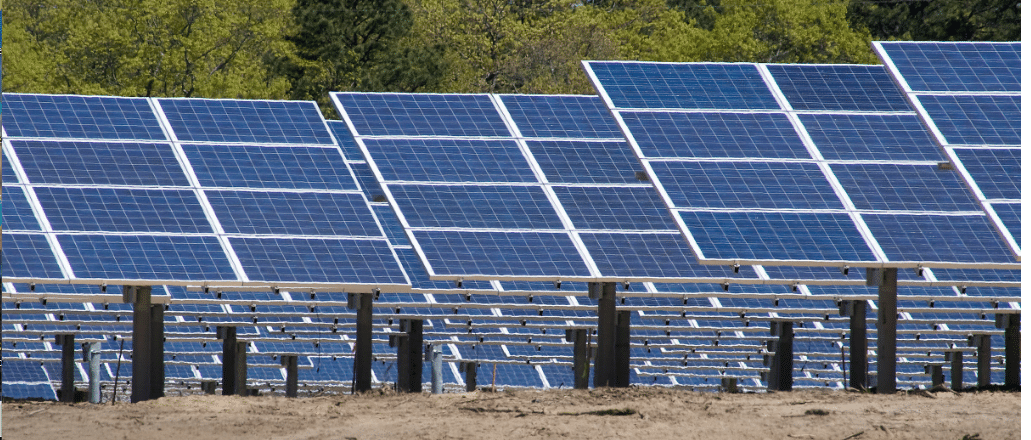The solar industry in Utah, bowing to the inevitable, agreed to a compromise on eliminating the state’s solar income-tax credit by 2021, in exchange for removing limits on the number of Utahns who can take advantage of it.
Currently, Utah residents can claim $2,000 on their state income-tax returns if they install a solar-energy system, but if House Bill (HB) 23 is passed, that credit will steadily be reduced by $400 per year until it’s completely eliminated by 2021. The first reduction would be from $2,000 to $1,600 in 2018.
Legislators had considered imposing caps on the number of Utah residents who could claim the solar-energy tax credit, which would have effectively limited the potential growth of the Utah solar industry. Hoping to avoid such caps, the solar industry decided that a gradual elimination of the tax credit would damage the industry less.
The bill has passed committee and has had two readings in the Utah House. After its third reading, the House will vote on it.
Though most solar advocates didn’t like the idea of the tax credits going away, they appeared resigned to the fact that some sort of elimination was coming whether they liked it or not. Removing the threat of caps on who can claim the credit then became the industry’s foremost priority.
“We would have preferred to see the tax credits live on,” Ryan Evans, president of the Utah Solar Energy Association, told the Salt Lake City Tribune. “Realizing the political pressures and budgetary pressures this year, however, we aren’t contesting this. Solar energy is becoming more and more affordable every year, and I think we can absorb this.”
The compromise comes after a tumultuous two months for the state’s solar industry, starting in December. Rocky Mountain Power (RMP), Utah’s primary utility, proposed a three-part rate for residential net-metered customers, which critics – including actor and solar proponent Robert Redford – said unfairly targeted solar users with extra fees.
RMP argued the fees would be instituted to cover a mythical cost-shift that utilities claim occurs because solar customers allegedly don’t pay their fair share for grid upkeep and other transmission costs. It estimated that solar customers cost non-solar ratepayers $6.5 million each year, despite ample evidence to the contrary.
To date, at least 16 states have reviewed the question of whether having solar customers in a state burdens non-solar customers with excessive costs of infrastructure upkeep. A report from the Environment America Research & Policy Center (EARPC) that reviewed 16 recent state-level analyses of the value of solar concluded that having solar customers on the grid does not have a negative effect on non-solar ratepayers.
By mid-December, overwhelming public backlash against the proposal led RMP to withdraw it from consideration by Utah’s Division of Public Utilities as it negotiated with solar stakeholders to find a compromise. At press time, those negotiations are ongoing and are separate from the tax-credit compromise.
This content is protected by copyright and may not be reused. If you want to cooperate with us and would like to reuse some of our content, please contact: editors@pv-magazine.com.








By submitting this form you agree to pv magazine using your data for the purposes of publishing your comment.
Your personal data will only be disclosed or otherwise transmitted to third parties for the purposes of spam filtering or if this is necessary for technical maintenance of the website. Any other transfer to third parties will not take place unless this is justified on the basis of applicable data protection regulations or if pv magazine is legally obliged to do so.
You may revoke this consent at any time with effect for the future, in which case your personal data will be deleted immediately. Otherwise, your data will be deleted if pv magazine has processed your request or the purpose of data storage is fulfilled.
Further information on data privacy can be found in our Data Protection Policy.